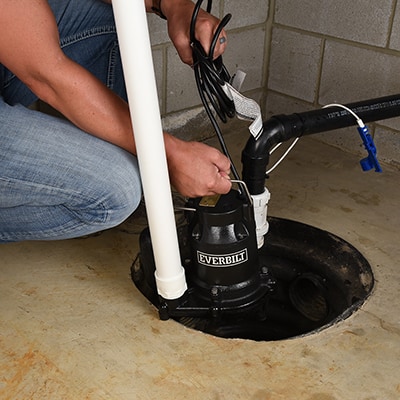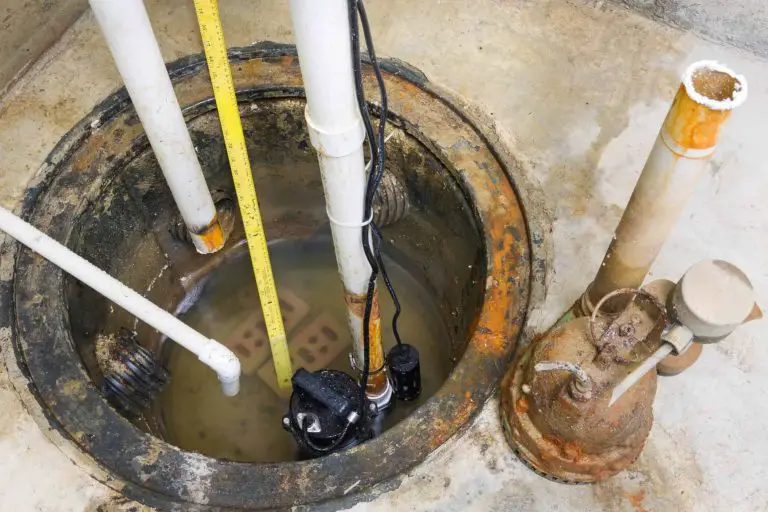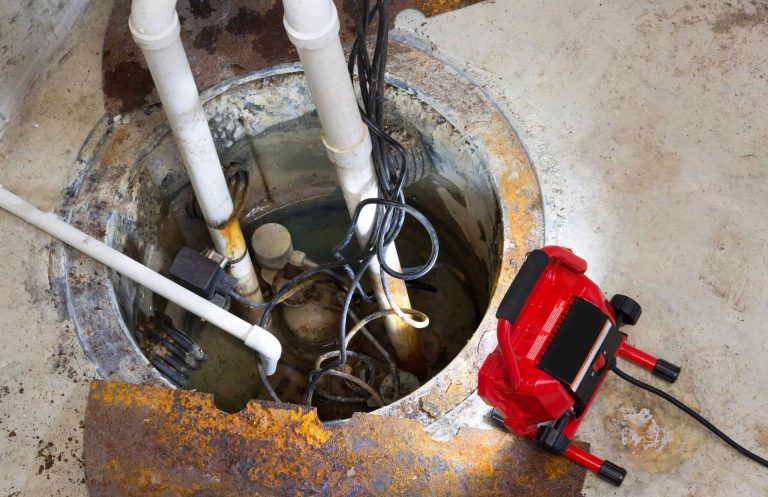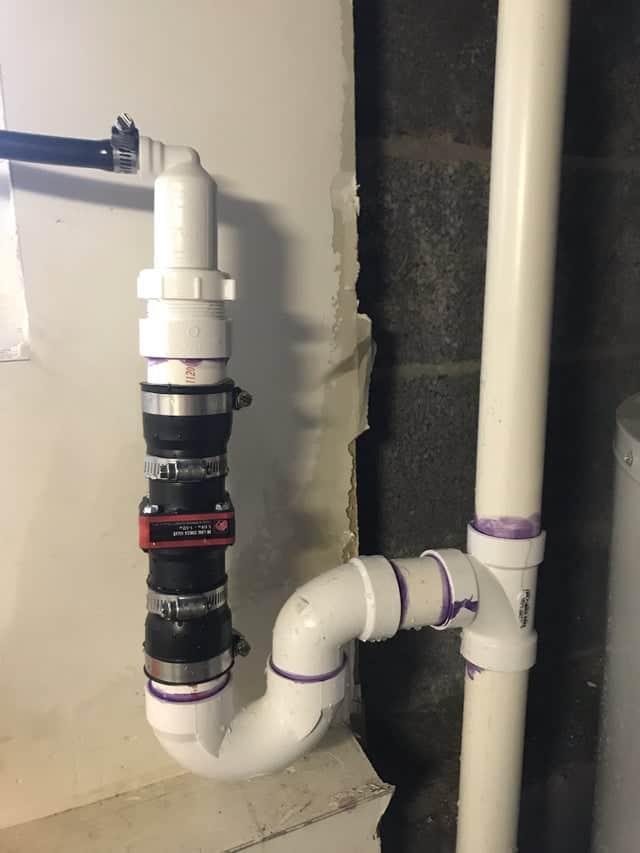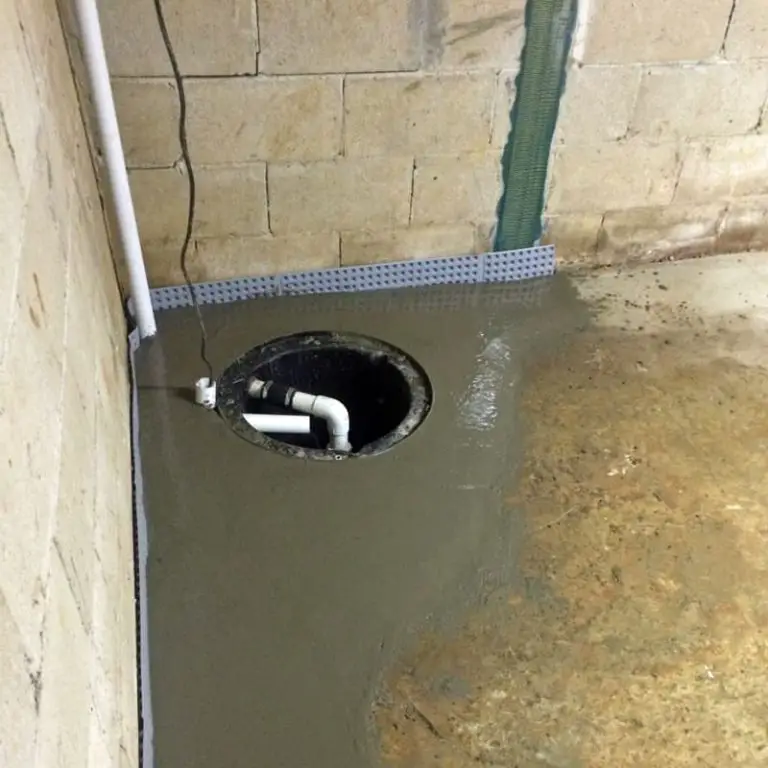Can a Sump Pump Cause Mold
A sump pump is a device that is installed in the lowest part of a home or building to remove water that has accumulated in the area. The water is typically pumped out of the sump pit and away from the foundation to prevent flooding and damage. While a sump pump can be a helpful tool in managing water around your home, it can also cause mold if it is not installed properly or maintained.
Can a Sump Pump Cause Mold?
The short answer is yes, a sump pump can cause mold. However, it’s important to understand that there are many factors that can contribute to mold growth, and a sump pump is just one of them.
If you have a sump pump and you’re concerned about mold, the best thing to do is to talk to a professional about your specific situation.
That said, there are some ways that a sump pump can contribute to mold growth. For example, if the sump pump isn’t properly maintained, it can allow water to seep into areas where it doesn’t belong.
This water can then create the perfect environment for mold spores to thrive. Additionally, if the sump pump isn’t powerful enough, it may not be able to keep up with the amount of water coming into the basement or crawlspace – again leading to potential mold growth.
If you have a sump pump and you want to prevent mold growth, there are some things you can do.
First, make sure that your sump pit is clean and free of debris. Second, ensure that your sump pump is properly sized for your space and has enough power to handle any potential flooding. Finally, consider having a backup power source for your sump pump in case of an outage – this way you can avoid any issues with flooding and potential mold growth.
6 Things Sump Pump Owners NEED to Know
Mold in Sump Pump Pit
Mold is a type of fungi that can grow in many different environments, both indoors and outdoors. When mold grows in sump pump pits, it can pose a serious health hazard to homeowners and their families. Mold produces spores which can be inhaled, and these spores can cause respiratory problems, including asthma and other allergic reactions.
In addition, mold can also cause wood rot and structural damage to homes. If you suspect that there is mold growing in your sump pump pit, it is important to have it professionally removed as soon as possible.
Sump Pumps
A sump pump is a mechanical device that is used to remove water from an area. Sump pumps are typically used in basements or crawlspaces to remove water that has accumulated in these areas.
Sump pumps work by using a float switch to activate the pump when water levels reach a certain point.
The pump then turns on and begins to remove the water from the area. When the water level drops back down, the float switch deactivates the pump and it shuts off.
Sump pumps are an important part of keeping your basement or crawlspace dry and free of water damage.
If you live in an area where flooding is common, or if your basement is particularly prone to leaks, then a sump pump can be a vital piece of equipment.
Sump Pump Basin
A sump pump basin is a container that collects water and drains it away from your home. It is typically installed in the lowest point of your basement or crawlspace, and it works to keep these areas dry by pumping water out of them.
There are a few different types of sump pump basins, but the most common one is the submersible type.
This type of basin is filled with water, and then a submersible pump is placed inside of it. The pump works to remove water from the basin and send it away from your home through a discharge pipe.
Another type of sump pump basin is the pedestal type.
This type of basin sits above ground, and a pedestal-type pump sits on top of it. The advantage of this type of system is that it can be easily accessed for maintenance or repair if needed.
Sump Pump basins are an important part of any flood prevention system for your home.
They are relatively inexpensive, and they can save you thousands of dollars in damages if your basement or crawlspace ever floods. If you live in an area that is prone to flooding, or if you simply want to be prepared for the worst, installing a sump pump basin is a wise investment.
Sewage Ejector Pump
If you have a home that is lower than the main sewer line, then you will need a sewage ejector pump. This type of pump is used to move sewage from the home to the main sewer line. The pump is typically located in the basement of the home, and it will have a pipe that goes to the main sewer line.
There are two types of ejector pumps: submersible and pedestal. The submersible pump is submerged in the sewage, and it uses an impeller to move the sewage through the pipe. The pedestal pump is not submerged, and it uses a diaphragm to move the sewage.
Zoeller
5 HP Submersible Sewage Pump
If you’re looking for a powerful and reliable sewage pump, the Zoeller .5 HP submersible sewage pump is a great option. This pump is capable of handling solids up to 2 inches in diameter, making it ideal for use in residential and commercial applications.
The Zoeller .5 HP submersible sewage pump also features a cast iron construction that ensures long-lasting durability.

Credit: www.servicemasterclr.com
Do Sump Pumps Prevent Mold?
Mold is a type of fungus that can grow indoors and outdoors, and thrives in damp or wet environments. Sump pumps are commonly used to remove water from basements and crawlspaces that have been flooded or have leaks, in order to prevent mold growth. While sump pumps can help to reduce the moisture levels in these areas and prevent mold from growing, they cannot guarantee that mold will not grow in your home.
There are many factors that contribute to mold growth, such as humidity levels, temperature, ventilation, and the type of materials present. If you suspect that there is mold present in your home, it is important to have it professionally inspected and removed by a qualified contractor.
What are the Negatives of a Sump Pump?
A sump pump is a device that is installed in the lowest point of a home’s foundation in order to remove any water that may have pooled there. While this can be an effective way to keep a basement dry, there are some negatives associated with sump pumps.
One of the biggest problems with sump pumps is that they can fail.
If the power goes out, or if the pump itself breaks down, water can quickly start to build up in the basement and cause extensive damage. Additionally, sump pumps need to be regularly maintained in order to prevent them from failing. This can be a costly and time-consuming process.
Another downside to sump pumps is that they can actually cause flooding if they are not installed properly. If the pump is not placed at the lowest point in the basement, or if it does not have a proper drainage system attached to it, water can actually be pushed back into the basement instead of being pumped out. This can lead to significant flooding problems.
Finally, sump pumps can be quite noisy. The constant sound of running water can be annoying, especially for people who live in close proximity to each other (such as in apartments or condos). In some cases, the noise may even violate local noise ordinances.
How Often Should You Clean Out Your Sump Pump Pit?
Your sump pump pit should be cleaned out at least once a year. If you live in an area with a high water table, or if your sump pump is used frequently, you may need to clean it out more often. To clean your sump pump pit, first remove the cover and any debris that has accumulated on top of the cover.
Then, use a garden hose to flush out the pit. Be sure to direct the hose away from your home so that any water that is flushed out does not enter your basement. Finally, replace the cover and screw it into place to ensure a tight fit.
Should I Be Worried If a House Has a Sump Pump?
If your home has a sump pump, you may be wondering if you should be worried about it. Sump pumps are designed to remove water from your home that has collected in a sump pit. This can help to prevent flooding and damage to your home.
However, there are a few things that you should know about sump pumps before you decide whether or not you should be worried about them.
First, you should know that sump pumps require electricity to operate. If there is a power outage, your sump pump will not be able to work and water could begin to collect in your sump pit.
This could lead to flooding if the power is out for an extended period of time. You may want to consider investing in a backup power source for your sump pump so that it can continue to operate even if the power goes out.
Second, you should know that sump pumps can break down over time.
If your sump pump is not maintained properly, it could fail when you need it the most. Make sure that you have a professional inspect and service your sump pump on a regular basis so that you can avoid any potential problems.
Third, you should know that some homes are more likely to experience flooding than others.
If your home is located in an area that is prone to flooding, you may want to take extra precautions such as investing in flood insurance or installing a backflow valve. These measures can help protect your home from serious damage in the event of a flood.
Overall, there is no need to worry about having a sump pump in your home as long as you are aware of the potential risks and take steps to mitigate them.
Be sure to have your sUMP PUMP Inspected regularly by licensed contractor and always keep spare batteries on hand for backup power!
Conclusion
A sump pump is designed to remove water from your home, but if it isn’t maintained properly, it can actually cause mold. Mold loves damp places, so if your sump pump is leaking or not draining properly, it can create the perfect environment for mold to grow. You can avoid this by regularly cleaning your sump pump and making sure that it is draining properly.


